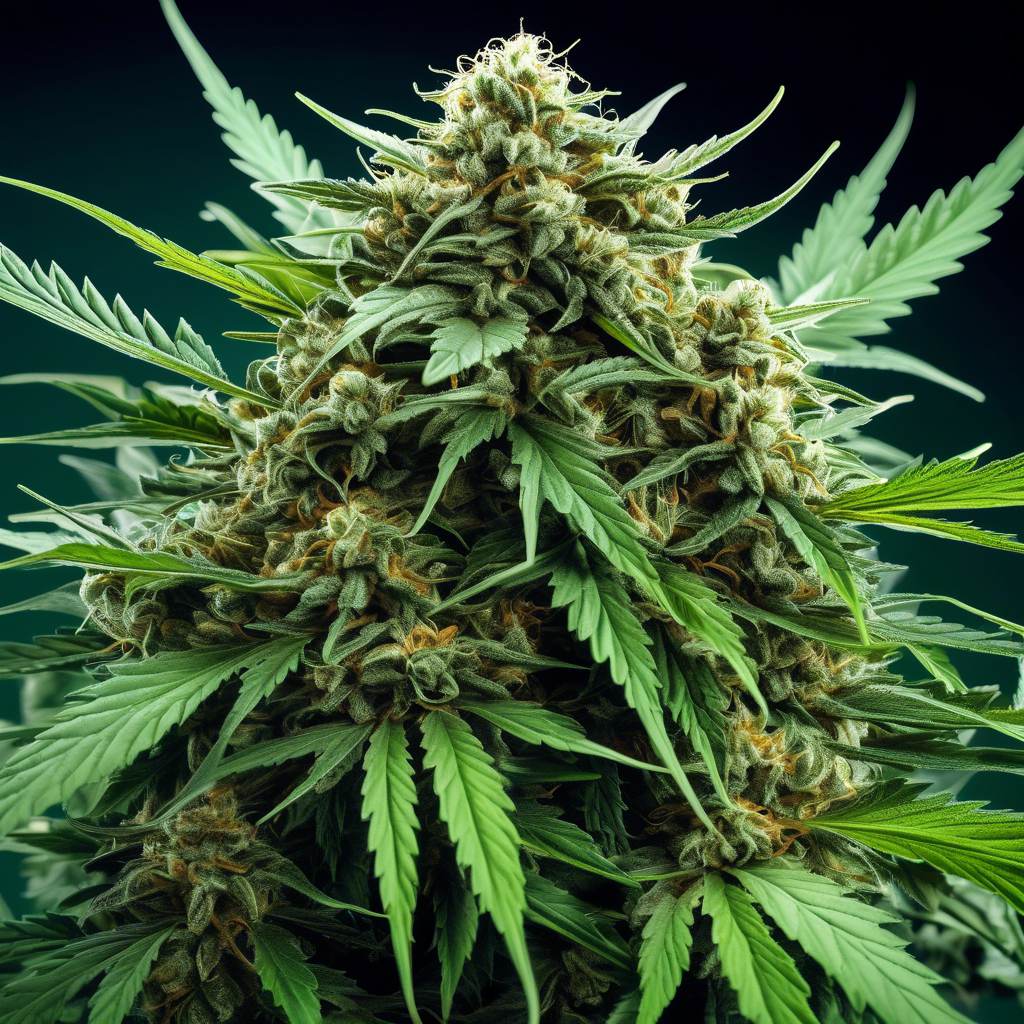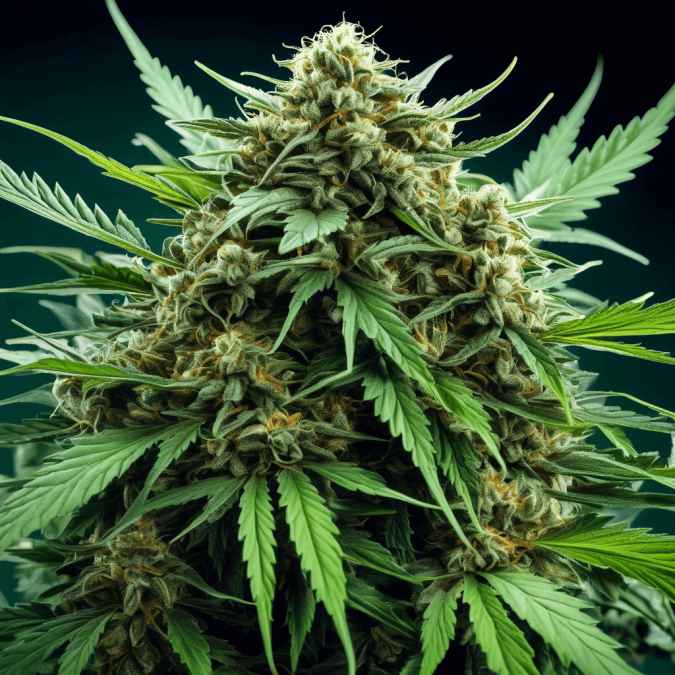
The history of cannabis, also known as weed, is a rich and complex one that dates back thousands of years. The discovery of this plant and its subsequent uses have had a profound impact on people’s lives and societies around the world. In this essay, we will explore the fascinating history of cannabis, from its ancient origins to its modern-day uses.
The discovery of cannabis can be traced back to ancient times, with evidence of its use dating back to the Neolithic period. The plant was likely first cultivated in Central Asia, where it was used for a variety of purposes, including as a source of food, fiber, and medicine. As early as 2737 BC, the Chinese emperor Shen Nung mentioned cannabis in his pharmacopoeia, noting its ability to treat various ailments such as rheumatism and malaria.
Over the centuries, the use of cannabis spread to various parts of the world, including India, Africa, and the Middle East. In India, cannabis was considered a sacred plant and was used in religious ceremonies and rituals. The plant also played a prominent role in traditional Ayurvedic medicine, where it was believed to have a wide range of therapeutic properties.
In ancient Egypt, cannabis was used for medicinal and religious purposes, with evidence of its use found in the tomb of the pharaoh Ramesses II. The plant was also valued for its fiber, which was used to make rope, textiles, and paper. In Africa, cannabis was used by various indigenous tribes for its psychoactive effects and spiritual significance.
The spread of cannabis continued into Europe, where it was used for both medicinal and recreational purposes. In the Middle Ages, cannabis was prescribed by doctors to treat a variety of ailments, including pain, inflammation, and insomnia. The plant was also used as a recreational drug, with many Europeans consuming cannabis for its psychoactive effects.
The discovery of weed in the Americas is largely attributed to European explorers and colonizers. When Christopher Columbus arrived in the New World in the late 15th century, he encountered Indigenous peoples who were already using cannabis for medicinal and ceremonial purposes. The plant quickly spread throughout the Americas, where it was used by various indigenous tribes for its psychoactive and medicinal properties.
In the 19th century, cannabis began to gain popularity in Europe and North America as a recreational drug. During this time, various cannabis preparations were sold in pharmacies and used by people of all social classes. However, the widespread use of cannabis eventually led to concerns about its potential negative effects, and in 1937, the United States passed the Marihuana Tax Act, effectively criminalizing the plant.
Despite its criminalization, it continued to be used by many people for its medicinal and psychoactive effects. In the 1960s and 70s, cannabis experienced a resurgence in popularity among counterculture groups, who saw the plant as a symbol of rebellion against mainstream society. This period marked the beginning of the modern cannabis movement, which sought to legalize the plant for both medical and recreational use.
In recent years, there has been a growing recognition of the therapeutic potential of it. Research has shown that the plant contains compounds known as cannabinoids, which have been found to have a wide range of health benefits, including pain relief, anti-inflammatory effects, and neuroprotective properties. In particular, cannabidiol (CBD), a non-psychoactive cannabinoid found in cannabis, has gained popularity for its ability to treat conditions such as epilepsy, anxiety, and chronic pain.
Today, cannabis is legal for medical or recreational use in many countries around the world, including Canada, Uruguay, and several US states. The legalization of it has sparked a multi-billion dollar industry, with companies producing a wide range of cannabis products, including edibles, oils, and topicals. Cannabis dispensaries have sprung up in cities across the globe, offering consumers access to a variety of cannabis strains and products.
The discovery of cannabis and its subsequent uses have had a profound impact on people’s lives and societies throughout history. From its ancient origins as a sacred plant to its modern-day status as a popular recreational drug and medicine, it has played a significant role in shaping human culture and civilization. As our understanding of the plant continues to evolve, we can only imagine what new discoveries and innovations lie ahead in the fascinating world of cannabis.
